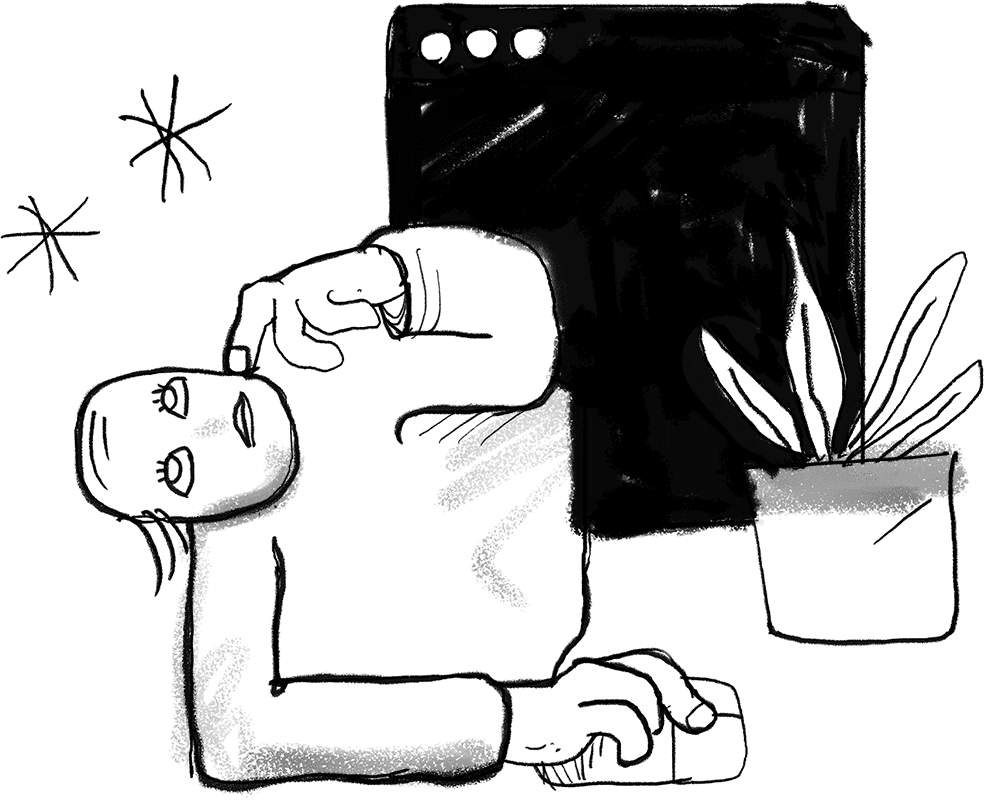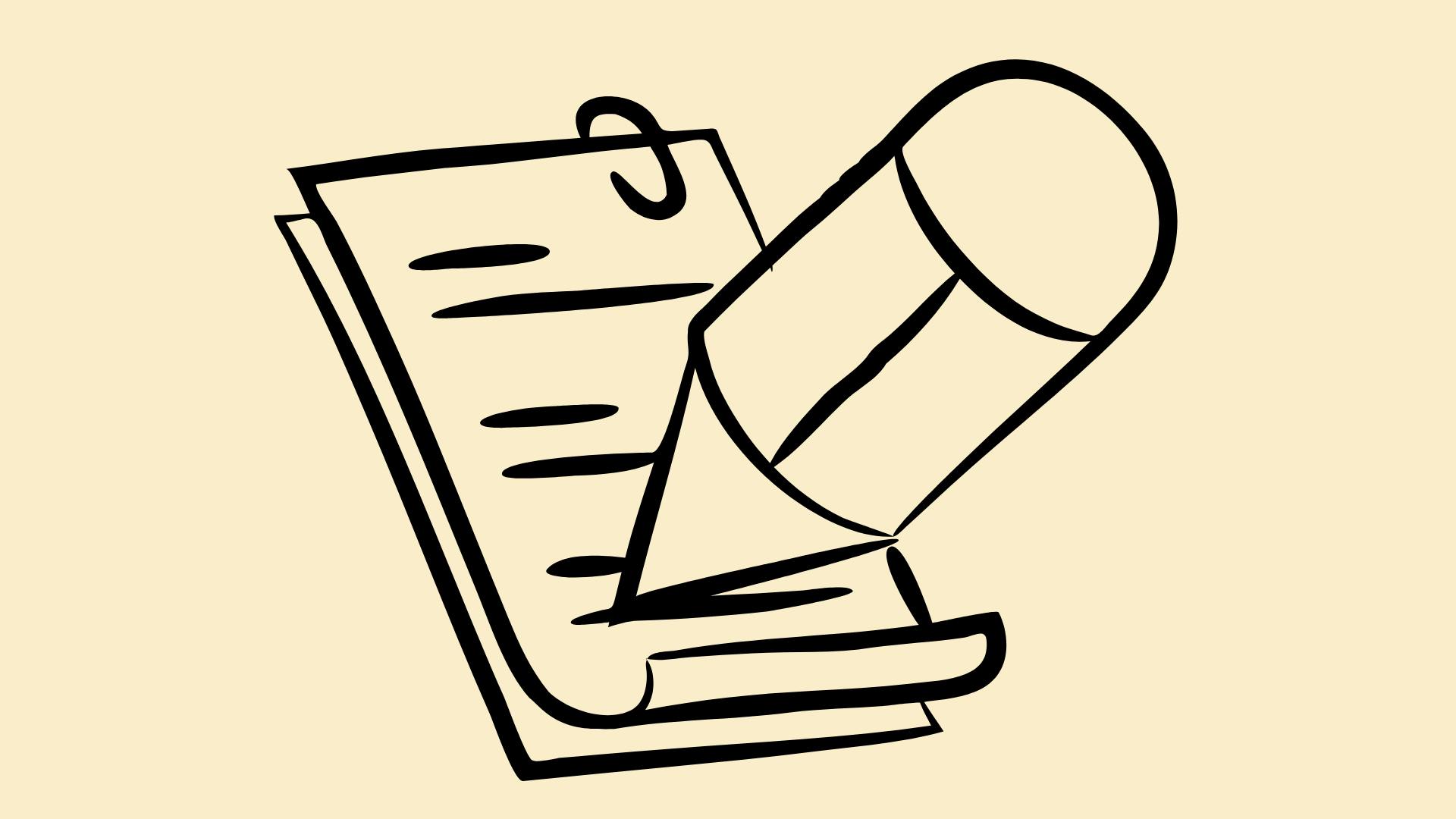When a patient is ready to conclude therapy, there is one vital part of the documentation process that mental health professionals must complete: the mental health discharge summary template.
This formal document is more than just paperwork. A well crafted discharge summary helps ensure continuity of care, documents the therapy process, and protects providers legally.
In this guide, we break down how to write a comprehensive discharge note that reflects the client's progress, summarizes the treatment provided, and supports a seamless transition to follow-up care.
What Is a Mental Health Discharge Summary (and Why It Matters)
A discharge summary is a formal document that captures essential information at the end of the therapy journey. It includes key clinical details such as the primary diagnosis, treatment outcomes, mental status, and follow-up recommendations. This ensures that other healthcare providers or healthcare professionals can pick up where you left off.
A well-written discharge summary template serves several critical roles in the therapeutic process:
- A treatment summary of services offered during sessions
- A clinical tool for follow up care or referrals
- Legal documentation in case of review or legal issues
- Documentation for insurance audits or reimbursement
- A handoff document that promotes continuity of care between therapists
Whether you're treating major depressive disorder, anxiety, or trauma, this document supports a structured, compliant, and clinically useful closure.
Most importantly, it benefits both the client and the provider by capturing significant milestones, clarifying treatment goals, and supporting a smooth transition to future care.
What to Include in a Mental Health Discharge Summary Template
Here are the key elements of a high-quality mental health discharge summary template:
Client Information
- Full name, date of birth, client ID
- Discharge dates and admission information
Chief Complaint
- Initial reasons for seeking therapy, symptomatology, and goals
Diagnosis
- Primary diagnosis and any secondary diagnoses with DSM-5 or ICD-10 codes
- Document discharge diagnoses as applicable
Treatment Summary
- Dates and number of sessions
- Types of therapy used (e.g., CBT, group therapy)
- Major interventions and coping strategies taught
Client's Progress
- Narrative of progress including symptom changes, goal achievements, and significant improvement
- Reference tools like PHQ-9 or GAD-7 when applicable
Mental Status
- Brief assessment of mood, affect, cognition, and behavior at the time of discharge
Treatment Outcomes
- Overview of treatment goals met or unmet
- Note any continued symptoms and recommendations
Reason for Discharge
- Completion, dropout, referral, or administrative
Follow Up Appointments
- Scheduled referrals, crisis plans, or other follow up care suggestions
Provider Details
- Therapist name, credentials, signature, hospital or clinic name
Discharge Summary Template Example #1: Completed Treatment & Full Remission
Here is a practical discharge summary template to use or adapt:
Client Name: John Doe
Date of Birth: 03/14/1990
Discharge Date: 07/12/2025
Therapist Name: Jane Smith, LCSW
1. Chief Complaint:
Client initially presented with symptoms of major depressive disorder, including fatigue, lack of motivation, and insomnia.
2. Diagnosis at Discharge:
F33.1 - Major Depressive Disorder, Recurrent, Moderate
3. Treatment Provided:
- 16 sessions of CBT and mindfulness-based techniques
- Focused on behavioral activation and cognitive restructuring
4. Treatment Summary:
Client engaged consistently and implemented suggested coping strategies. Attendance was 95%.
5. Client's Progress:
Reported a reduction in PHQ-9 from 18 to 5. Demonstrated significant improvement in sleep, mood, and daily functioning.
6. Mental Status at Discharge:
Affect congruent with mood. Oriented x4. Judgment and insight good.
7. Reason for Discharge:
Client completed all treatment goals and requested closure.
8. Discharge Diagnoses:
Same as admission; symptoms in remission.
9. Follow Up Appointments:
Client referred to PCP for medication management and encouraged to schedule monthly wellness check-ins. Provided crisis hotline info.
10. Provider Signature:
Jane Smith, LCSW
Discharge Summary Template Example #2: Partial Progress + Referral
Client Name: Emily Tran
Date of Birth: 09/21/1994
Discharge Date: 07/10/2025
Therapist Name: Carlos Rivera, LPC
1. Chief Complaint:
Client presented with generalized anxiety, excessive worry, and difficulty managing work-life stressors.
2. Diagnosis at Discharge:
F41.1 – Generalized Anxiety Disorder
3. Treatment Provided:
- 10 sessions using a mix of CBT and psychoeducation
- Techniques included worry journaling, relaxation training, and time management planning
4. Treatment Summary:
Client attended sessions consistently and showed partial improvement in managing day-to-day anxiety. Engagement remained high throughout.
5. Client’s Progress:
Client reported a decrease in GAD-7 score from 17 to 10. Able to identify and challenge cognitive distortions, but continued to report occasional panic episodes.
6. Mental Status at Discharge:
Mood anxious but stable. Affect congruent. Thought process logical. No suicidal ideation. Insight fair.
7. Reason for Discharge:
Client relocating to another state. Therapy discontinued with referral provided.
8. Discharge Diagnoses:
Same as admission.
9. Follow-Up Appointments:
Provided referrals to two therapists in new city. Encouraged to continue CBT and consider psychiatric evaluation for medication. Shared crisis support resources.
10. Provider Signature:
Carlos Rivera, LPC
What About Clients Who Drop Out Without a Termination Session?
Not all therapy relationships end with a tidy bow. Sometimes, clients stop attending sessions, go silent, or disengage without notice. Even in these cases, writing a discharge summary is essential- for legal protection, continuity of care, and ethical documentation.
Here’s how to handle it:
1. Document attempts to reach out:
Include dates, methods (email, phone), and whether the client responded.
2. Note clinical status at last session:
Mention any risk indicators, progress, or concerns discussed in their final attended session.
3. Indicate reason for discharge as “Client Disengaged”:
Use neutral, nonjudgmental language to document the nature of the dropout.
4. Provide resources:
If appropriate, include crisis hotline numbers, community mental health contacts, or re-engagement options.
Example Entry:
"Client has not attended sessions since 06/03/2025. Two outreach attempts made (06/10/2025, 06/17/2025) with no response. No acute safety concerns were noted during final session. Case closed due to disengagement. Crisis support resources were shared previously and remain available."
This ensures the clinical record reflects a good-faith effort to follow up and closes the loop responsibly.
Why Therapists Use Supanote to Simplify Discharge Summaries
Supanote is a smart AI tool that helps mental health professionals draft accurate, audit-ready discharge notes in minutes.
It pulls in session data, summarizes treatment outcomes, tracks client's progress, and even suggests follow up care steps automatically.
Whether you're closing out treatment for major depressive disorder or documenting a disengaged client, Supanote ensures every discharge summary template is compliant, complete, and stress-free.
Get Back to Clients, Not Case Notes
Generate legally sound, clinically accurate discharge summaries in seconds with Supanote's AI-powered template builder
Explore the Discharge Template
Mistakes to Avoid When Writing a Discharge Summary
Even experienced clinicians can overlook key details when wrapping up documentation. Here are the most common mistakes, and how to avoid them:
- Using vague language:
Terms like "doing better" or "seems fine now" lack clinical clarity. Be specific and use assessment scores, observed behaviors, or concrete outcomes. - Skipping dropout documentation:
Even if a client disengages without notice, always write a discharge note. Record outreach attempts, last session details, and the reason for administrative discharge. - Leaving out follow-up plans:
Referrals, crisis resources, or wellness check-ins must be clearly stated. This is crucial for continuity of care and protects both client and provider. - Omitting essential data:
Double-check that all core elements are included- diagnosis codes, session summaries, progress, mental status, and discharge rationale. - Overloading with jargon:
Clinical notes should be accurate and accessible. Use professional but clear language, especially if other providers may refer to the summary later.
A well-written discharge summary is more than a formality- it’s a critical piece of the clinical puzzle.
Taking a few extra minutes to avoid these pitfalls can make a big difference in client care and legal protection.
FAQs
Q. How soon should I write a discharge summary?
Within 24-72 hours of the final termination session or determination of disengagement.
Q. Do I need one for every client?
Yes. Even dropouts or referrals need a discharge note to close the file.
Q. Is there a benefit to using templates?
Absolutely. Templates promote consistency, clarity, and saving time while providing high quality care.
Q. Can Supanote help write these?
Yes. Supanote offers AI-powered templates that auto-generate treatment summaries, capture essential information, and simplify documentation for mental health professionals.
Q. Can a discharge note affect legal standing?
Yes. A missing or poorly written summary could pose legal issues in the event of complaints.
Q. What if the client was in therapy for only a short time?
A. Even brief engagements need documentation. Summarize the reason for initiation, number of sessions, early impressions, and reason for discharge.
Q. Should I mention unresolved symptoms?
A. Yes. If symptoms remain, document them clearly and note any referrals or recommendations for ongoing care.
Q. How do I handle a discharge when the client moved or relocated?
A. Note the client’s move as the reason for discharge and include any referrals made or resources shared in their new location.
Q. Do I include assessment tools like PHQ-9 or GAD-7?
A. Definitely. These offer objective metrics for client progress and support clinical decision-making in the summary.
Q. Should the client receive a copy of the discharge summary?
A. Only if they request it or if it's clinically relevant. Use discretion and follow HIPAA/local guidelines when sharing documentation.
Get Back to Clients, Not Case Notes
Supanote helps you generate clear, professional case documentation in minutes
Try Supanote for Free Today
Resources
- TextExpander: Therapy Discharge Templates
- Inpatient Psychiatry Today: Discharge Template
- National Council for Mental Wellbeing: Clinical Documentation Guidelines
- APA Record‑Keeping Guidelines
This comprehensive guide and template are designed to support mental health care professionals in writing thorough, accurate, and efficient discharge notes.
Remember: a discharge summary isn't just a formality- it's a vital step in delivering high quality care throughout the entire therapy process.
